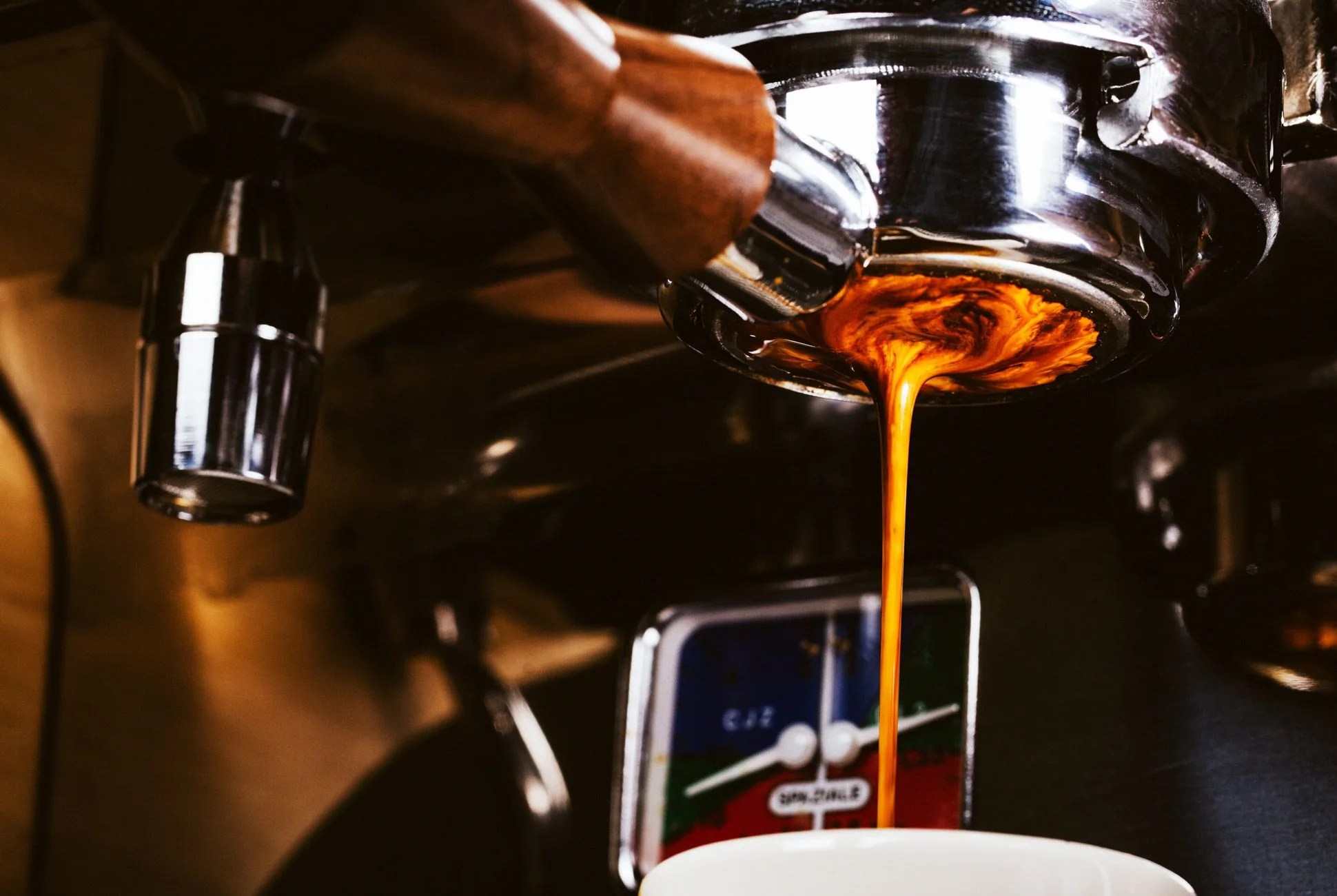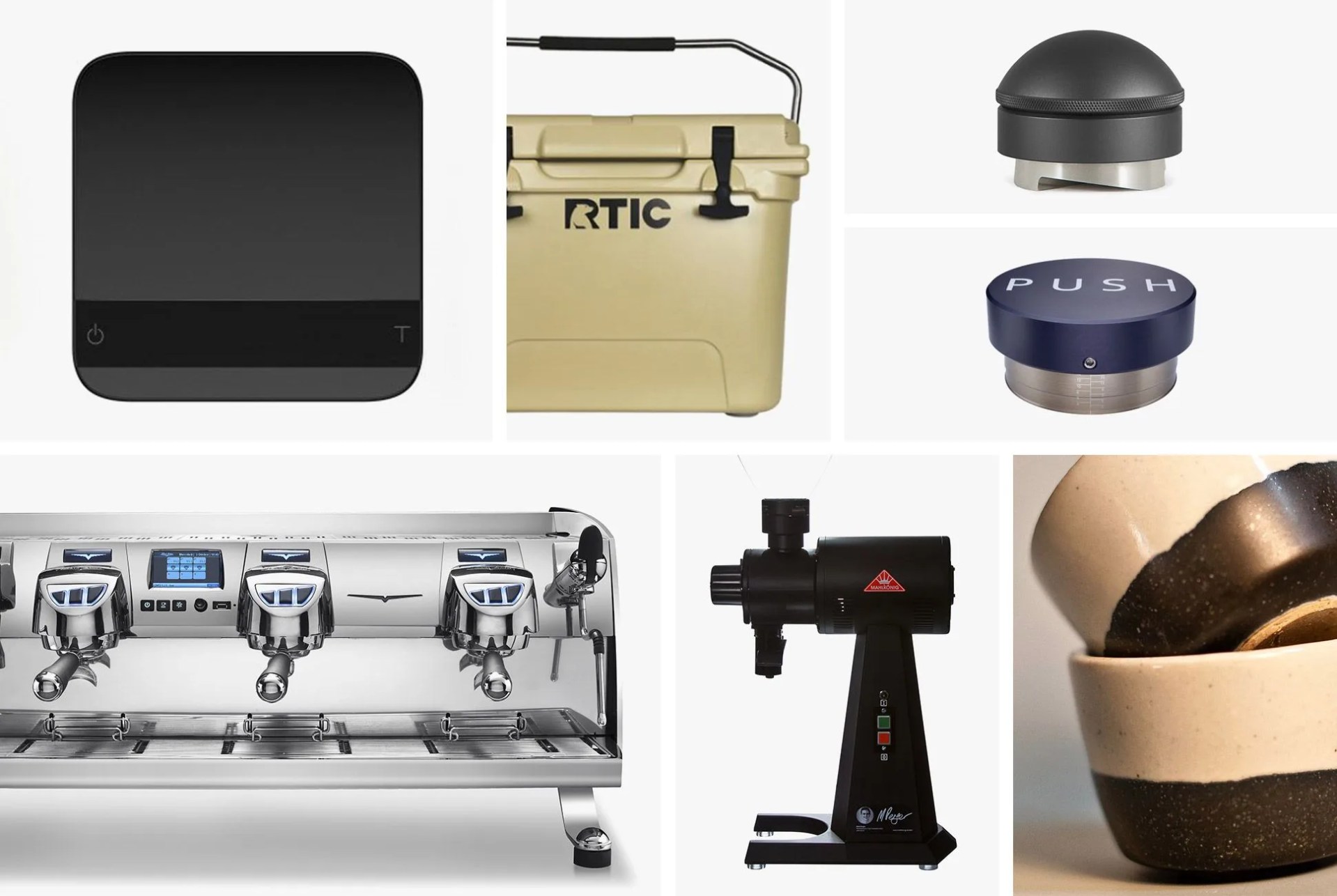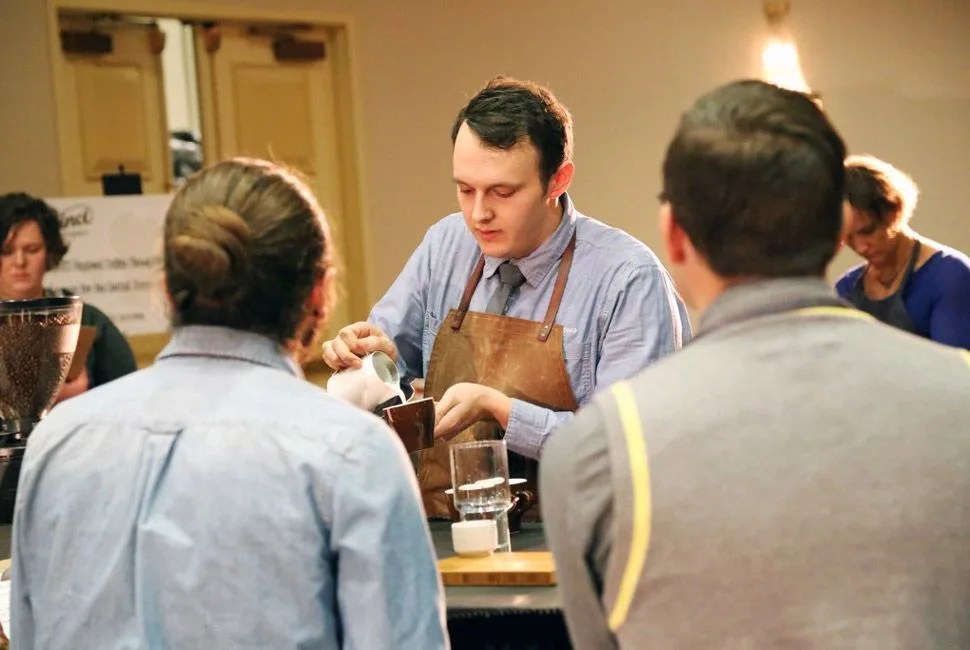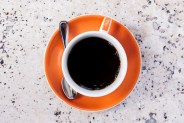The smaller something is, the less room for error. A 1-ounce espresso shot is dense, viscous, highly concentrated. If one element is off — grounds too fine or water too hard — the cup is compromised. Therefore, espresso, for all its challenges, rewards tinkering obsessives.
“Coffees are in a constant state of change, and you have to be constantly changing how you interact with it to make it taste as good as possible,” says Kyle Ramage, winner of the 2017 United States Barista Championship and a technician at Mahlkonig, manufacturer of industry-leading burr coffee grinders. “There are so many things you need to do right.”
“Coffees are in a constant state of change, and you have to be constantly changing how you interact with it to make it taste as good as possible.”
For all the variables in flux, investing in quality espresso equipment guarantees a strong foundation. “The entry-level espresso machine that’s worth buying is the Breville Dual Boiler ($1,267), paired with the Breville Smart Grinder ($325) or a Baratza grinder,” Ramage says. “But you’re looking at a $2,000 minimum input. It’s pretty steep. It takes a long time to drink $2,000 worth of espresso.” Ramage noted that all-in-one super automatic machines can be tempting, but their limited control produces lesser coffee.
A hybrid concept such as the Breville Oracle ($2,000), however, meets in the middle. “It will grind the coffee and tamp it for you, and then you put the portafilter in the machine just like a barista would, and it extracts a normal-style espresso, with water flowing through the coffee in 20 to 30 seconds.” Independent of semi- or fully automatic machinery, Ramage outlined five tips for keeping variables in check in order to pull the best shot of espresso possible:
Don’t skimp on a grinder. “Don’t bust the bank on an amazing espresso machine and cheap out on the grinder. The grinder really matters — I promise I’m not just saying that because I sell grinders. It does matter a ton.”
Bad water ruins more than just coffee. “Water with really high mineral content … not only damages espresso machines if not treated, but it also just makes horrible-tasting coffee. Use a carbon filter to get that chlorine out, as well as sedimentary, non-dissolved solids. Or, ask your cafe for water. Most have big, reverse osmosis or ion exchange water systems in place to purify water and protect their investment in coffee machines.”



